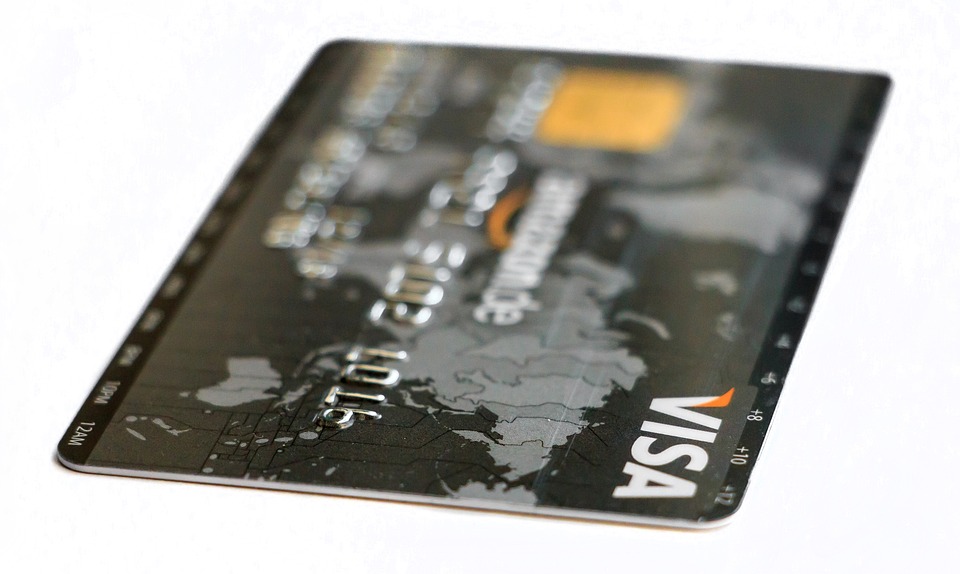How Gold Loan Interest Rates Impact Your Financial Decisions
In today’s financial landscape, individuals are constantly seeking reliable and accessible methods to secure funds for various needs. Gold loans have emerged as a popular choice, especially in times of economic uncertainty. However, one of the critical factors that can significantly influence your decision to opt for a gold loan is the interest rate associated with it. Understanding the implications of gold loan interest rates can help you make informed financial decisions.
The Basics of Gold Loans
Gold loans are secured loans where borrowers pledge their gold jewelry or ornaments as collateral. These loans are favored due to their relatively quick approval process and minimal documentation requirements. The loan amount is typically a percentage of the gold’s market value, and borrowers are charged interest on the amount borrowed.
Understanding Gold Loan Interest Rates
Gold loan interest rates can vary from lender to lender and often depend on several factors, including the purity of the gold, the loan amount, and the borrower’s credit profile. Rates can range anywhere from 7% to 30% per annum, making it crucial for borrowers to compare rates before committing to a loan.
Impact on Loan Affordability
The interest rate on a gold loan directly affects the overall cost of borrowing. A lower interest rate means that the monthly repayments will be more manageable, allowing borrowers to allocate their finances more effectively. Conversely, higher interest rates can lead to increased financial strain, potentially making it challenging to repay the loan on time.
Loan Tenure and Its Relationship with Interest Rates
The tenure of a gold loan can also influence how interest rates impact your financial decisions. Shorter tenures typically come with higher monthly payments but lower overall interest costs. On the other hand, longer tenures may reduce monthly payments but can result in paying significantly more in interest over time. Therefore, understanding how interest rates interplay with loan tenure is essential for selecting a loan that aligns with your financial capacity.
The Effect on Credit Score
Maintaining a good credit score is imperative for future financial endeavors. High-interest rates on gold loans can lead to difficulties in repayment, which may negatively impact your credit score. A lower credit score can hinder your ability to secure loans in the future or lead to higher interest rates on other forms of credit. Thus, carefully evaluating gold loan interest rates is vital for protecting your long-term financial health.
Market Trends and Economic Factors
Gold loan interest rates are not static; they fluctuate based on market trends and economic conditions. For instance, when the demand for gold rises, lenders may increase interest rates. Conversely, in a stable or declining market, rates may decrease. Keeping an eye on these trends can help borrowers time their loans more effectively, potentially securing a better deal.
Alternatives to Gold Loans
While gold loans can be a viable option, it’s essential to explore alternatives. Personal loans, bank loans, and credit card cash advances may offer competitive interest rates, depending on the borrower’s creditworthiness. By comparing these options, individuals can determine the most cost-effective solution for their financial needs.
Conclusion
In conclusion, gold loan interest rates play a pivotal role in shaping financial decisions. By understanding how these rates affect loan affordability, repayment strategies, and long-term financial health, borrowers can navigate the complexities of gold loans more effectively. Armed with this knowledge, individuals can make informed choices that align with their financial goals, ensuring that they are not only securing the funds they need but also protecting their financial future.



